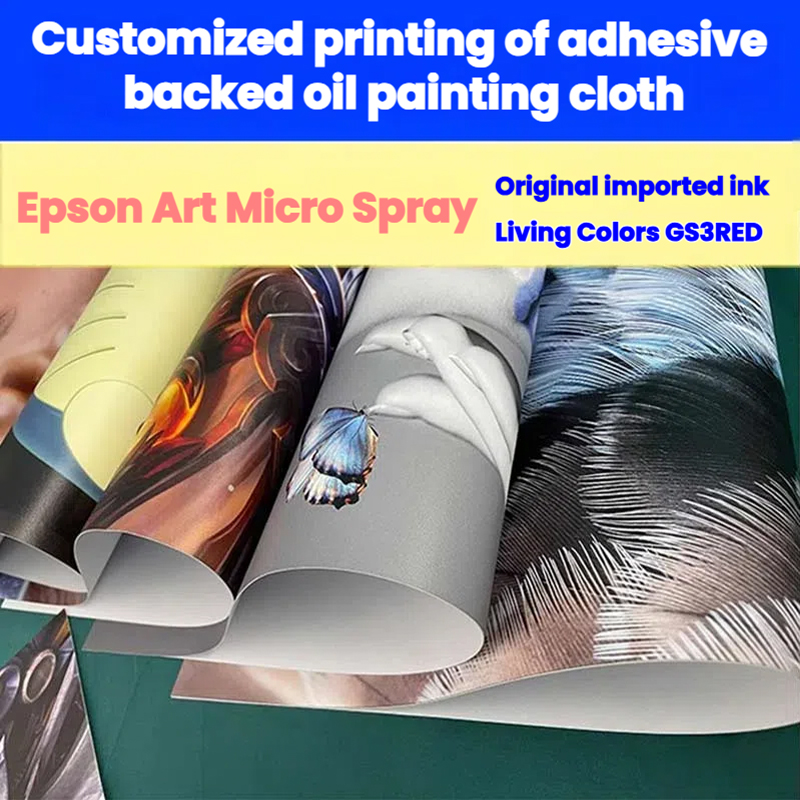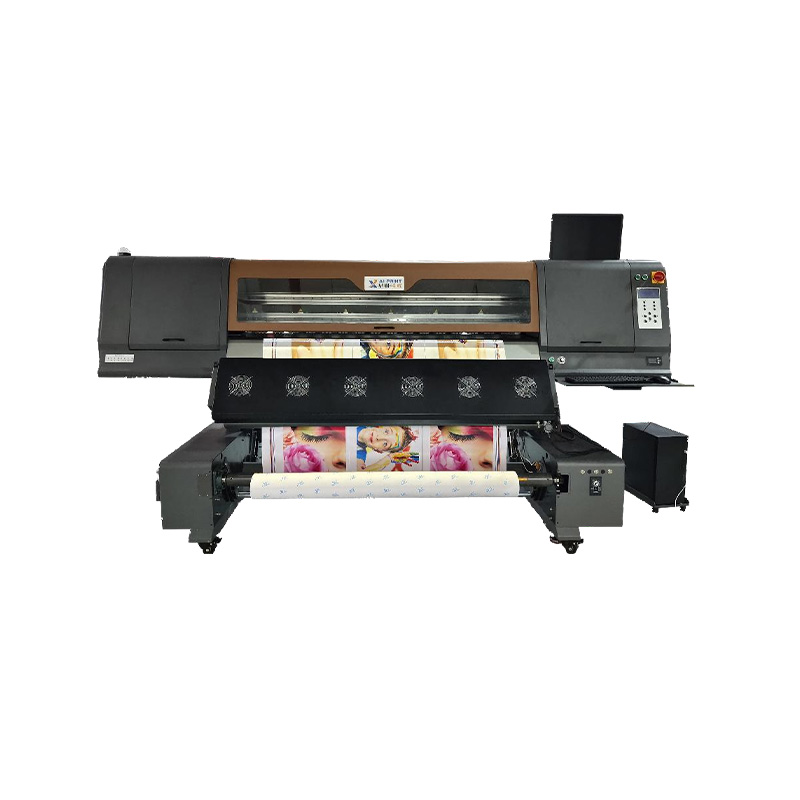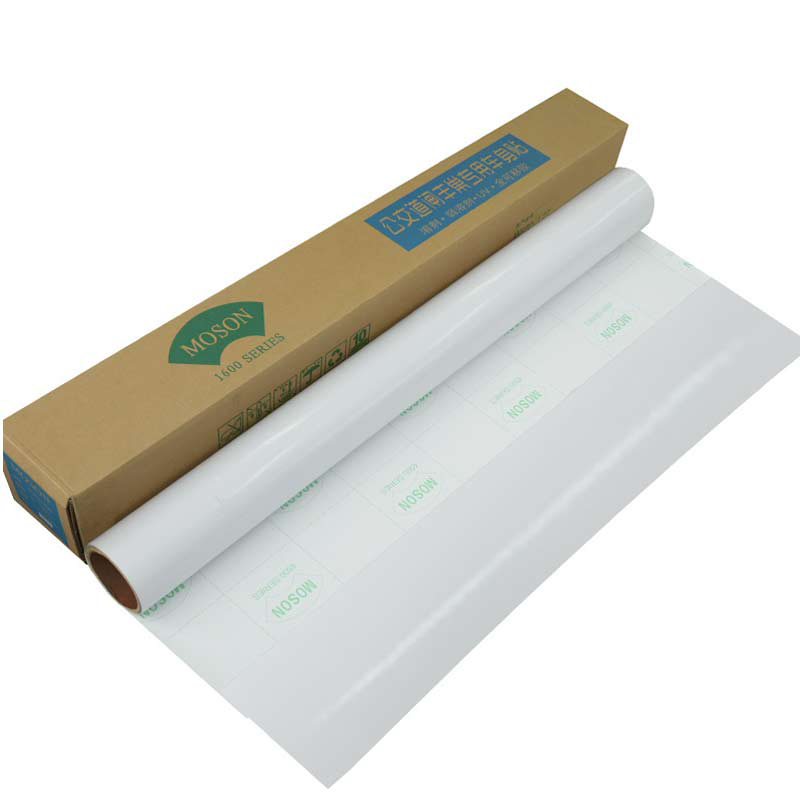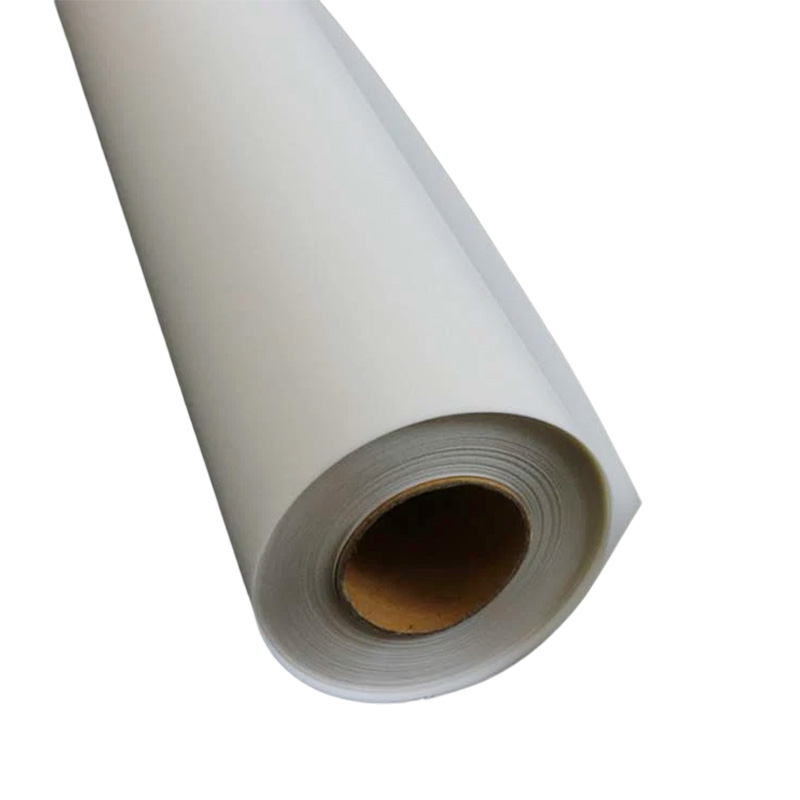How does temperature control during the oil canvas pre-shrinking process affect the subsequent tension stability of the canvas?
Release Time : 2025-09-11
During the oil canvas shrinking process, temperature control is a key factor influencing the subsequent tension stability of the canvas. Its role permeates the entire process of fiber morphology adjustment, yarn buckling balance, and fabric structural reshaping. The essence of shrinking is to physically release the mechanical tension accumulated during weaving and dyeing and finishing, allowing the yarn to return to its natural curvature and thus reducing shrinkage during subsequent use. Temperature, a key variable influencing fiber plasticity, directly determines the adequacy and uniformity of yarn shrinkage during this process.
In the initial shrinking phase, an appropriate temperature enhances the mobility of fiber molecular segments and reduces yarn stiffness. As the oil canvas enters the shrinking equipment, the rubber blanket or pressure rollers mechanically squeeze the yarn, increasing its buckling wave height. The temperature at this point softens the fiber, making it more susceptible to warp shrinkage. If the temperature is too low, the fibers won't reach their glass transition temperature, hindering molecular chain movement and preventing complete yarn retraction. Residual tension can cause secondary shrinkage of the oil canvas after stretching due to changes in ambient humidity, leading to cracking in the canvas. If the temperature is too high, the fibers can fully retract, but excessive softening reduces inter-yarn friction, making mechanical compression more susceptible to localized excessive shrinkage or uneven stretching, resulting in hidden tension differences. These differences can manifest as localized tension relaxation or tension after drying due to fiber rigidity recovery.
Temperature control also indirectly affects tension stability by affecting the moisture evaporation rate. During the pre-shrinking process, fabrics typically need to maintain a moisture regain of 10%-15% to enhance fiber plasticity. Excessively high temperatures accelerate moisture evaporation, causing the fibers to solidify due to water loss before they have fully adjusted their shape, resulting in interrupted yarn retraction and uneven residual tension distribution. Excessively low temperatures prolong drying time, potentially causing yarn fatigue due to continuous mechanical compression, reducing their elastic recovery ability, and ultimately affecting the canvas's ability to maintain long-term tension. Furthermore, controlling the temperature gradient is equally critical.
If significant temperature differences exist within the shrinking machine, the differential shrinkage rates of different areas of the fabric can induce internal stress. This stress can be released after stretching due to fluctuations in ambient temperature and humidity, manifesting as loose edges or bulging in the center of the oil canvas.
From a process implementation perspective, temperature control must work in tandem with mechanical parameters. For example, in a rubber blanket shrinking machine, temperature must be coordinated with the pressure of the pressure roller and the speed of the feed roller. At high temperatures, the pressure must be appropriately reduced to prevent excessive fiber deformation, while at low temperatures, it must be increased to compensate for fiber stiffness. Excessive speeds can lead to insufficient heating time for the fabric, necessitating a corresponding increase in temperature to ensure sufficient fiber softening. However, excessively slow speeds can damage the fiber structure due to prolonged high temperatures. Establishing this dynamic balance directly determines the uniformity of tension in the oil canvas after shrinking.
When temperature, pressure, and speed are optimally coordinated, yarn retraction occurs synchronously, minimizing differential shrinkage in the warp and weft directions. Tension fluctuations caused by environmental changes after stretching can be controlled to within 0.5%, effectively preventing cracking or deformation of the canvas.
Temperature control also affects the long-term stability of the canvas. Appropriate temperature treatment strengthens the interfiber bond, allowing the yarn to form a stable interwoven structure during retraction. This structure better resists expansion and contraction caused by humidity fluctuations during subsequent use. Conversely, improper temperature control can weaken interfiber friction or cause a loss of yarn elasticity, making the oil canvas more susceptible to irreversible deformation when exposed to humidity fluctuations, thereby compromising the integrity of the artwork.







